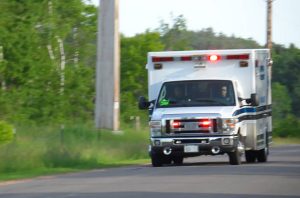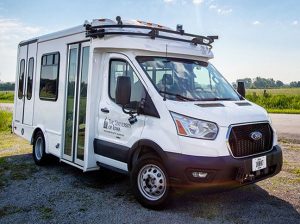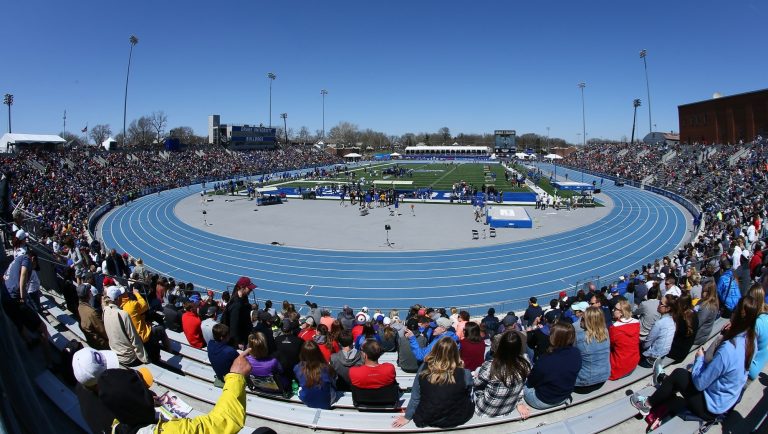Iowa City, Iowa — A just-completed study at the University of Iowa’s Driving Safety Research Institute found there is more work to be done to create an automated vehicle that can safely navigate on Iowa’s rural roads.
Institute deputy director, Omar Ahmad, oversaw the study.
One of the goals of the research was to see if automated vehicles can provide help to elderly residents with mobility, vision, or other challenges who can’t drive themselves. Ahmed says they created an automated shuttle bus designed to deal with the unique situations in rural driving, like navigating on gravel.
He says their automated vehicle had trouble discerning when to move to the middle of the gravel, especially in wet weather conditions.
The automated vehicle also had trouble sensing what was a hazard and what was not — sometimes slowing down for dust clouds created on gravel roads. Another issue came at intersections with low visibility, or where the rural road came to a highway.
They used a safety driver in the bus as they drove a 47-mile route multiple times a week, round trip between Iowa City, Hills, Riverside, and Kalona. For each drive, the bus began and ended the route at one of the four pre-arranged locations to pick up residents who were volunteer research participants. Ahmad says they collected a lot of data and says there is a lot of work ahead.
Ahmad says there is a lot of potential for automated vehicles to make a driver safer, but taking the driver completely out of the equation is not going to happen anytime soon.
The US Department of Transportation awarded eight institutions a seven-million-dollar grant for automated vehicle research. Ahmad says the UI was one of three to study rural driving conditions and the first of the three to complete the data collection portion of their project. He says they will now share the good and bad issues they found with rural roadways and automation with the other institutions.













